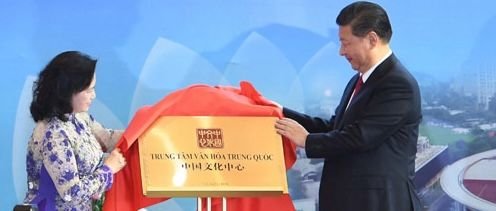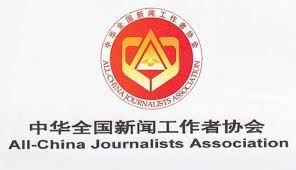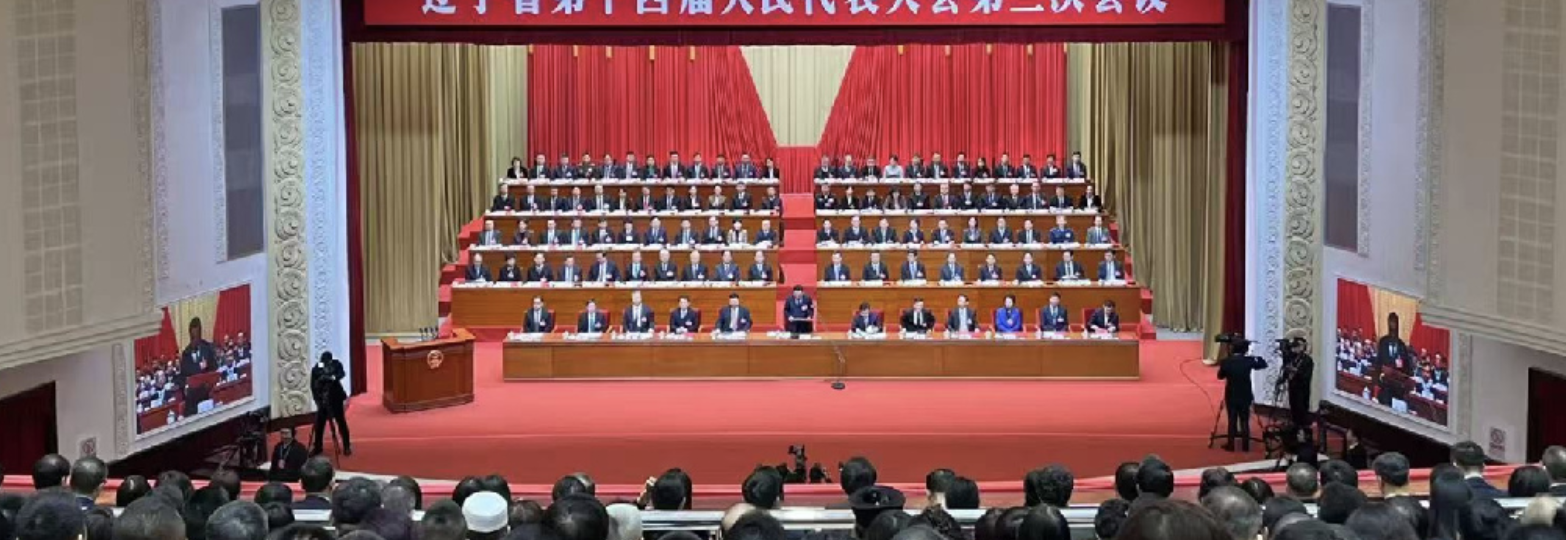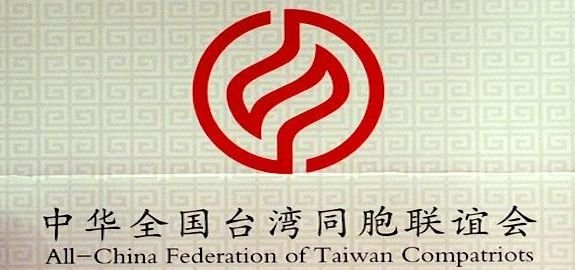The People’s Government of Beijing Municipality
The People’s Government of Beijing Municipality (北京市人民政府) is the administrative arm of China’s capital city, subordinate to the Communist Party — with the mayor answering to the municipal party secretary. It comprises a mayor, vice mayors, a General Office, and more than 20 bureaus handling public security, judicial affairs, and civil, economic, social, and cultural matters. The government was founded on January 1, 1949, restructured as the Beijing Municipal Revolutionary Committee (北京市革命委員會) during the Cultural Revolution, and restored to its current form in 1979.









